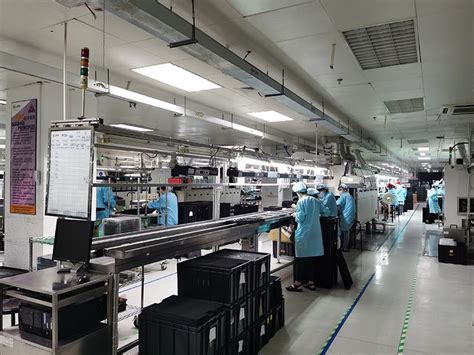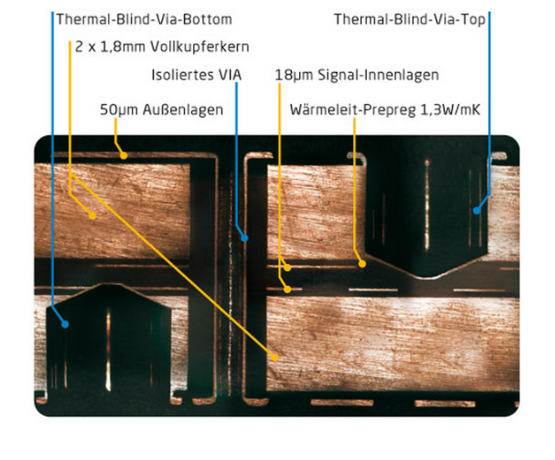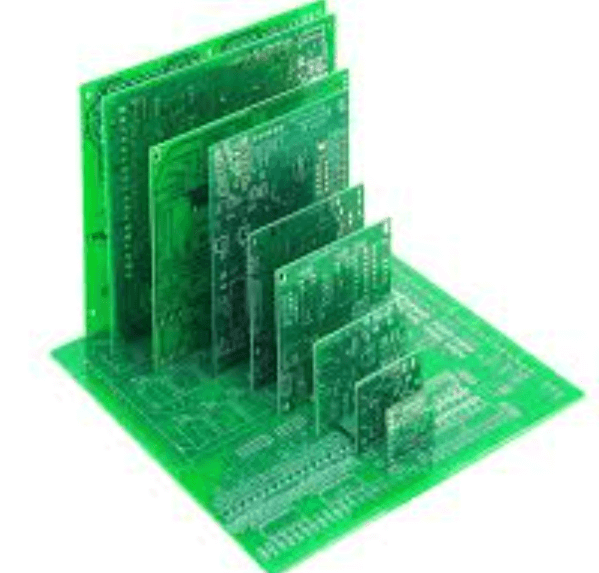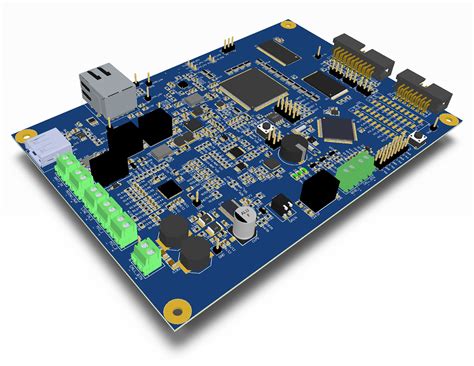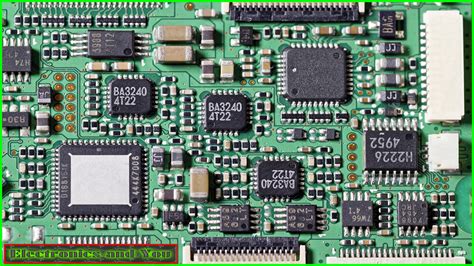PCB Assembly Equipment: A Comprehensive Overview
Introduction
Printed Circuit Board (PCB) assembly is a critical process in the manufacturing of electronic devices. It involves the placement and soldering of electronic components onto a PCB to create a functional circuit. The efficiency, accuracy, and reliability of PCB assembly are heavily dependent on the equipment used. This article provides a detailed overview of the various types of PCB assembly equipment, their functions, and the latest advancements in the field.
Types of PCB Assembly Equipment
1. Solder Paste Printing Equipment
1.1. Solder Paste Printers
Solder paste printers are used to apply solder paste onto the PCB pads where components will be placed. The solder paste acts as an adhesive and conductive medium during the soldering process. Key features of solder paste printers include:
- Stencil Alignment: Precise alignment of the stencil with the PCB to ensure accurate solder paste deposition.
- Squeegee Mechanism: A squeegee blade spreads the solder paste over the stencil, forcing it through the apertures onto the PCB pads.
- Vision Systems: Advanced printers use vision systems to inspect the solder paste application and ensure quality.
1.2. Stencil Cleaners
Stencil cleaners are used to remove solder paste residue from stencils after printing. This ensures consistent print quality and prevents contamination. Types of stencil cleaners include:
- Manual Cleaners: Simple, hand-operated devices for small-scale operations.
- Automatic Cleaners: Fully automated machines that clean stencils quickly and efficiently, suitable for high-volume production.
2. Component Placement Equipment
2.1. Pick-and-Place Machines
Pick-and-place machines are used to accurately place surface-mount components onto the PCB. These machines are essential for high-speed, high-precision assembly. Key features include:
- Component Feeders: Various types of feeders (tape, tray, tube) supply components to the machine.
- Nozzles: Different nozzle types are used to pick up and place components of various sizes and shapes.
- Vision Systems: High-resolution cameras and image processing software ensure accurate component placement.
2.2. Chip Shooters
Chip shooters are specialized pick-and-place machines designed for high-speed placement of small, passive components like resistors and capacitors. They are capable of placing thousands of components per hour.
3. Soldering Equipment
3.1. Reflow Ovens
Reflow ovens are used to melt the solder paste and form permanent solder joints between components and the PCB. The reflow process involves several stages:
- Preheat: Gradually heating the PCB to activate the flux in the solder paste.
- Soak: Maintaining a stable temperature to ensure even heating.
- Reflow: Heating the PCB to the solder paste’s melting point, forming solder joints.
- Cooling: Gradually cooling the PCB to solidify the solder joints.
3.2. Wave Soldering Machines
Wave soldering machines are used for through-hole component soldering. The PCB is passed over a wave of molten solder, which forms joints on the underside of the board. Key features include:
- Flux Application: Applying flux to the PCB to remove oxides and improve solder wetting.
- Preheat: Heating the PCB to reduce thermal shock and activate the flux.
- Wave Soldering: Passing the PCB over a wave of molten solder to form joints.
3.3. Selective Soldering Machines
Selective soldering machines are used for soldering specific areas of the PCB, particularly for mixed-technology boards with both surface-mount and through-hole components. These machines offer precise control over solder application.

4. Inspection and Testing Equipment
4.1. Automated Optical Inspection (AOI) Systems
AOI systems use cameras and image processing software to inspect PCBs for defects such as missing components, misalignment, and solder joint issues. AOI systems are essential for ensuring quality and reliability.
4.2. X-Ray Inspection Systems
X-ray inspection systems are used to inspect hidden solder joints, such as those under Ball Grid Array (BGA) components. These systems provide detailed images of the internal structure of solder joints, identifying defects like voids and cracks.
4.3. In-Circuit Test (ICT) Systems
ICT systems are used to test the electrical functionality of PCBs. They use a bed-of-nails fixture to make contact with test points on the PCB, verifying the presence, orientation, and value of components, as well as the integrity of connections.
4.4. Functional Test (FCT) Systems
FCT systems simulate the operating conditions of the PCB to verify its functionality. These tests ensure that the assembled PCB performs as intended in its final application.
5. Cleaning Equipment
5.1. Aqueous Cleaning Systems
Aqueous cleaning systems use water-based solutions to remove flux residues and other contaminants from PCBs after soldering. These systems are environmentally friendly and effective for cleaning a wide range of contaminants.
5.2. Solvent Cleaning Systems
Solvent cleaning systems use chemical solvents to remove flux residues and contaminants. These systems are effective for cleaning PCBs with complex geometries and tight spaces.
6. Conformal Coating Equipment
6.1. Spray Coating Systems
Spray coating systems apply a thin, protective layer of conformal coating to the PCB. This coating protects the PCB from environmental factors like moisture, dust, and chemicals. Spray coating systems can be manual or automated.
6.2. Selective Coating Systems
Selective coating systems apply conformal coating to specific areas of the PCB, avoiding sensitive components and connectors. These systems offer precise control over coating application.
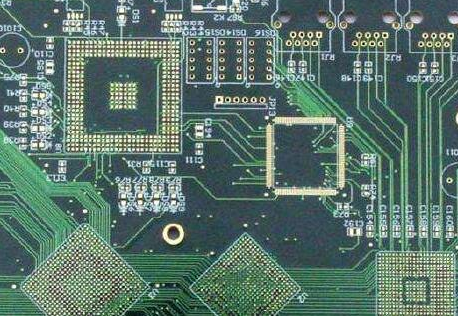
Advancements in PCB Assembly Equipment
1. Automation and Robotics
Automation and robotics are transforming PCB assembly by increasing speed, accuracy, and consistency. Robotic arms and automated guided vehicles (AGVs) are being integrated into assembly lines to handle tasks like component placement, soldering, and inspection.
2. Artificial Intelligence (AI) and Machine Learning
AI and machine learning are being used to enhance the capabilities of PCB assembly equipment. For example, AI-powered vision systems can improve defect detection, while machine learning algorithms can optimize process parameters for better quality and efficiency.
3. 3D Printing
3D printing is emerging as a disruptive technology in PCB assembly. It allows for the rapid prototyping of PCBs and the creation of complex, multi-layer boards with unique geometries. 3D printing also enables the integration of components directly into the PCB substrate.
4. Internet of Things (IoT)
IoT technology is being used to connect PCB assembly equipment to the internet, enabling real-time monitoring and control. IoT-enabled equipment can provide valuable data on performance, maintenance needs, and process optimization.
5. Advanced Materials
The development of advanced materials, such as high-performance substrates and conductive inks, is driving innovation in PCB assembly. These materials offer improved electrical, thermal, and mechanical properties, enabling the creation of more reliable and efficient PCBs.

Best Practices in PCB Assembly Equipment
1. Regular Maintenance and Calibration
Regular maintenance and calibration of PCB assembly equipment are essential for ensuring consistent performance and quality. This includes cleaning, lubricating, and replacing worn parts, as well as calibrating sensors and vision systems.
2. Operator Training
Proper training of operators is crucial for maximizing the efficiency and effectiveness of PCB assembly equipment. Operators should be trained on the proper use, maintenance, and troubleshooting of the equipment.
3. Process Optimization
Continuous process optimization is key to improving the quality and efficiency of PCB assembly. This involves analyzing process data, identifying bottlenecks, and implementing improvements to reduce cycle times and defects.
4. Quality Control
Implementing robust quality control measures, such as regular inspections and testing, is essential for ensuring the reliability of assembled PCBs. This includes using AOI, X-ray inspection, and ICT systems to detect and correct defects early in the process.
5. Environmental Considerations
Considering environmental factors, such as energy consumption and waste management, is important for sustainable PCB assembly. This includes using energy-efficient equipment, recycling materials, and minimizing the use of hazardous substances.
Conclusion
PCB assembly equipment plays a vital role in the manufacturing of electronic devices. From solder paste printing and component placement to soldering, inspection, and cleaning, each piece of equipment contributes to the overall quality and reliability of the final product. As technology continues to advance, the integration of automation, AI, IoT, and advanced materials is driving innovation in PCB assembly. By following best practices and staying abreast of the latest developments, manufacturers can ensure efficient, high-quality PCB assembly that meets the demands of modern electronics.

